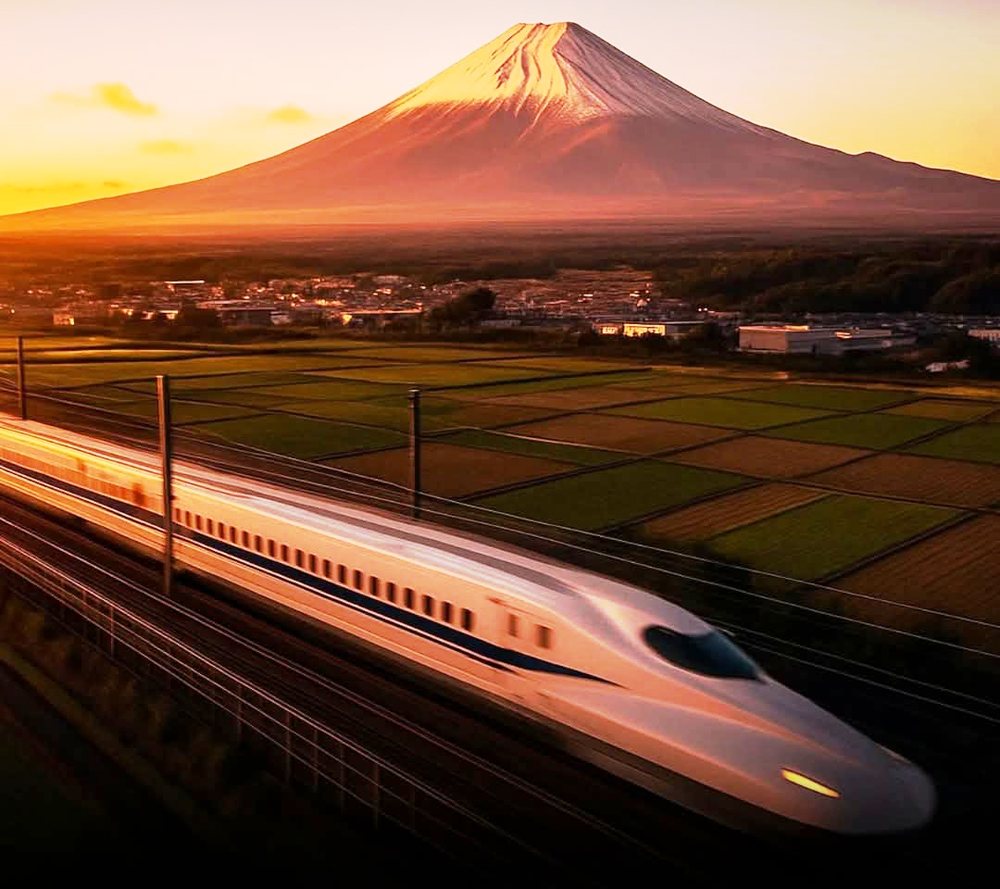
They have carried 10 billion passengers in 60 years without a single accident. And they depart within a minute of their scheduled time.
For more than 60 years, Japan's Shinkansen, or bullet train, has set the global gold standard for high-speed rail, with a perfect safety record.
Since its launch in 1964, over 10 billion passengers have traveled on this network without a single death caused by an accident or derailment.
Reaching speeds of up to 320 km/h, the Shinkansen remains not only fast but also extremely punctual: in 2023, the average delay for each train was just 1.6 minutes, even in the event of natural disasters. This extraordinary precision is made possible by a system designed entirely for speed and safety – with dedicated tracks, automated controls and seismic detection systems that can stop trains seconds before they start shaking.
Japan's careful approach goes beyond infrastructure. Bullet trains receive constant, high-level maintenance, while staff are rigorously trained to maintain safety and efficiency.
The system is designed to eliminate human error and ensure smooth operation at high speeds – and it works on a large scale. The Tokaido Shinkansen line alone carries nearly half a million people a day between Tokyo and Osaka, with departures every few minutes.
While many countries have developed high-speed rail, none has achieved the unbeatable combination of reliability, speed, scale and safety that Japan has.












